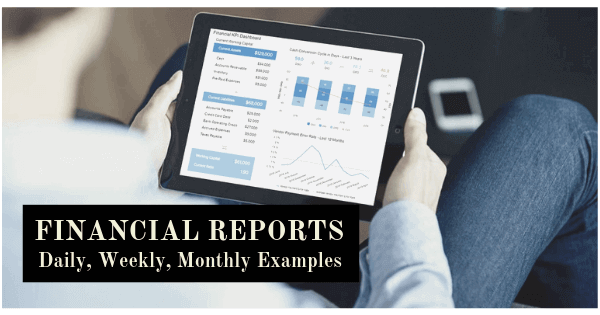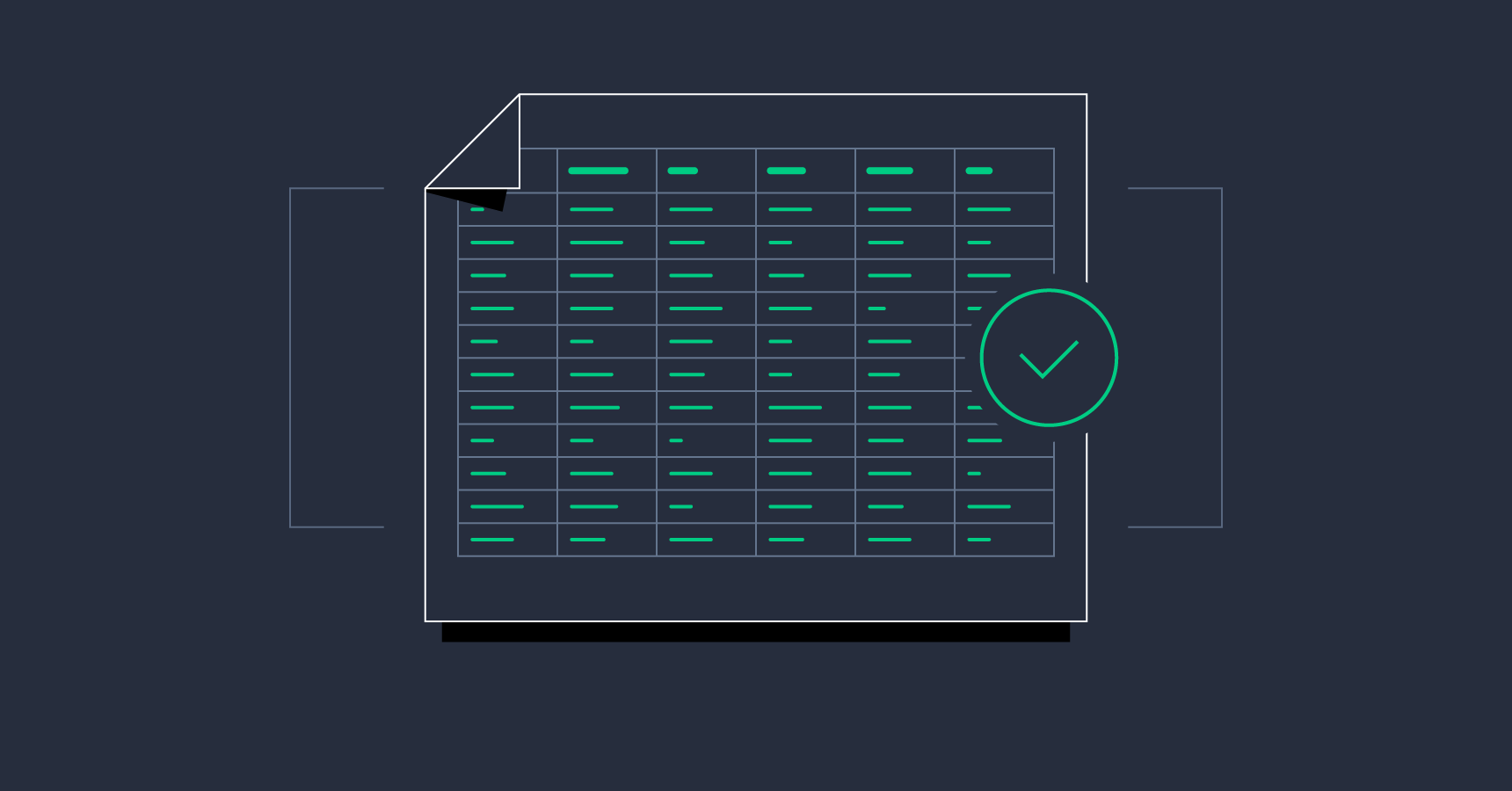How to Set Up Financials for Your Small Business
Running a small business can be both exciting and challenging, and one of the crucial aspects of its success is effective financial management. Properly setting up your financials is vital for understanding your business’s health, making informed decisions, and ensuring long-term sustainability. In this article, we will guide you through the process of setting up financials for your small business, covering essential steps and best practices to follow. How do I set up financials for my small business?
1. Create a Business Budget
A budget serves as the foundation of your financial planning and control. It helps you allocate resources efficiently and provides a roadmap to follow. To create a business budget, follow these steps:
1.1. Identify Income Sources
Begin by identifying all potential income sources for your business. This includes sales revenue, investments, loans, and any other sources of funds. Be realistic in estimating your income, considering both short-term and long-term projections.
1.2. List Fixed and Variable Expenses
Next, categorize your expenses into fixed and variable. Fixed expenses, such as rent, utilities, and salaries, remain relatively constant. Variable expenses, like raw materials and marketing, fluctuate based on your business’s activity levels. Understanding these expense categories will help you manage your cash flow effectively.
1.3. Set Realistic Goals
Based on your income sources and expenses, set realistic financial goals for your business. Your goals should be specific, measurable, attainable, relevant, and time-bound (SMART). Having clear objectives will help you stay focused and motivated.
1.4. Monitor and Adjust
A budget is not a static document; it requires regular monitoring and adjustments. Compare your actual financial performance with the budgeted figures regularly. Analyze any discrepancies and adjust your future financial plans accordingly.
2. Choose an Accounting System
Selecting the right accounting system is essential for keeping track of your business’s financial transactions accurately. Here are the main options:

How do I set up financials for my small business?
2.1. Spreadsheets
Using spreadsheets like Microsoft Excel or Google Sheets is a simple and cost-effective way to manage your finances, especially in the early stages of your business. However, as your business grows, spreadsheets may become inadequate and time-consuming.
2.2. Accounting Software
Consider investing in accounting software to streamline your financial management processes. Popular options include QuickBooks, Xero, and FreshBooks. These tools offer features like invoicing, expense tracking, and financial reporting, making it easier to handle your business finances efficiently.
2.3. Hire an Accountant
If managing finances isn’t your strength or if your business has complex financial needs, hiring a professional accountant can be a wise decision. An accountant will ensure compliance with tax regulations, help with financial analysis, and provide valuable insights to improve your business’s financial health.
3. Open a Business Bank Account
Separating your personal and business finances is crucial for maintaining accurate records and avoiding potential legal and tax issues. Opening a business bank account provides the following benefits:
3.1. Legal Protection
Keeping your business finances separate ensures that your personal assets are protected in case of any legal disputes or financial liabilities faced by your business.
3.2. Tax Compliance
Having a separate business bank account simplifies tax preparation. You’ll be able to easily identify deductible business expenses and report your business income accurately.
3.3. Professionalism
A dedicated business bank account adds credibility to your business, especially when dealing with customers, suppliers, and investors.
3.4. Easier Bookkeeping
Recording transactions becomes more straightforward when all your business-related income and expenses are in one place. It saves time and reduces the risk of errors in your financial records.
4. Implement an Invoicing Process
An efficient invoicing process is essential for managing cash flow and ensuring timely payments from your customers. Here’s how to set up an effective invoicing system:
4.1. Choose an Invoicing Template
Select a professional invoicing template that includes all the necessary details, such as your business name, contact information, invoice number, payment terms, and a breakdown of products or services provided.
4.2. Set Clear Payment Terms
Clearly communicate your payment terms to your customers to avoid confusion. State the payment due date and acceptable payment methods on the invoice.

4.3. Send Invoices Promptly
Invoice your customers as soon as products are delivered or services are rendered. Prompt invoicing improves the chances of receiving payments on time.
4.4. Follow Up on Overdue Payments
Regularly review your accounts receivable and follow up on any overdue payments. A consistent approach to collections will help maintain a healthy cash flow.
5. Track and Analyze Financial Performance
Regularly tracking and analyzing your financial performance is crucial for making informed business decisions and identifying areas for improvement. Here’s how to do it effectively:
5.1. Financial Statements
Prepare key financial statements, such as the income statement, balance sheet, and cash flow statement. These statements provide an overview of your business’s financial health. https://cbdtax.com.au/company-business-restructuring/
5.2. Key Performance Indicators (KPIs)
Identify relevant KPIs for your business, such as gross profit margin, net profit margin, inventory turnover, and customer acquisition cost. Monitor these metrics regularly to assess your business’s performance.
5.3. Compare with Industry Benchmarks
Benchmark your financial performance against industry averages to gauge how well your business is doing compared to competitors. This analysis can reveal areas where you may be falling behind or excelling.
5.4. Seek Professional Advice
If financial analysis is not your forte, consider seeking advice from a financial advisor or accountant. They can provide valuable insights and help you interpret financial data accurately.
6. Plan for Taxes and Compliance
Proper tax planning and compliance are essential for avoiding penalties and maintaining a good relationship with tax authorities. Here’s what you need to do:
6.1. Understand Tax Obligations
Familiarize yourself with the tax regulations relevant to your business. Different types of businesses have different tax obligations, so make sure you know what applies to your situation.
6.2. Keep Accurate Records
Maintain organized and accurate financial records to support your tax returns. This includes receipts, invoices, bank statements, and other relevant documents.
6.3. Set Aside Funds for Taxes
To avoid financial strain during tax season, set aside a portion of your revenue for tax payments. This ensures you’ll have sufficient funds when taxes are due.
6.4. Consider Tax Deductions
Explore potential tax deductions and credits applicable to your business. Tax deductions can help reduce your taxable income, ultimately lowering your tax liability.
Conclusion
Setting up financials for your small business is a critical process that requires careful planning and attention to detail. Creating a comprehensive budget, choosing the right accounting system, opening a business bank account, implementing an invoicing process, and tracking financial performance are all essential steps in this journey. By managing your finances effectively, you can pave the way for your business’s growth and long-term success.
Remember that financial management is an ongoing task, and regular review and adjustments will be necessary. Seeking advice from financial professionals when needed will further strengthen your business’s financial foundation. With the right financial setup and management, your small business can thrive even in challenging economic conditions.

